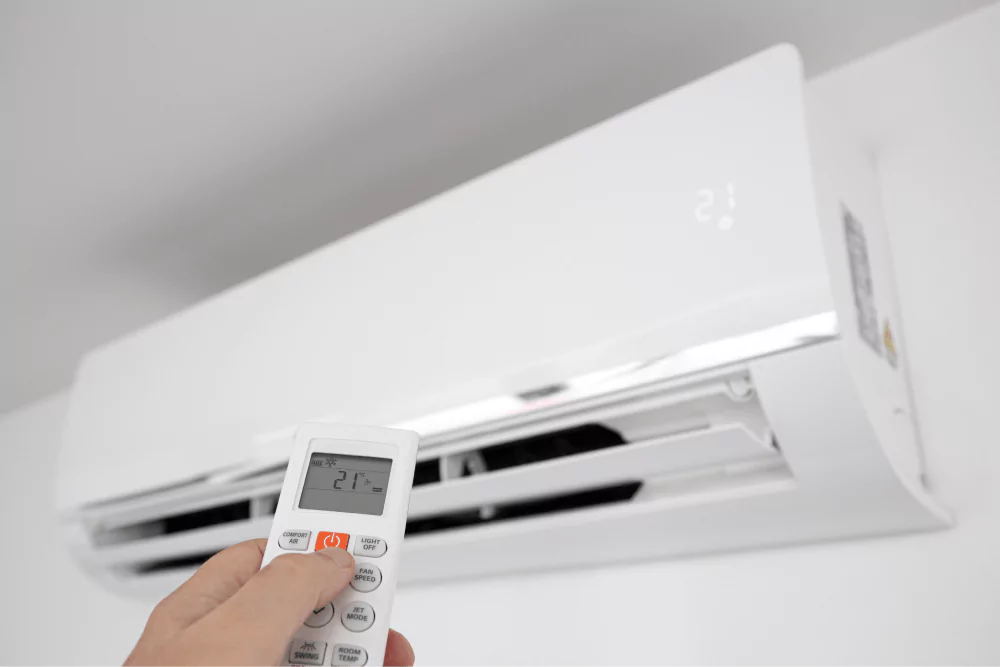
In Port St. Lucie, Florida, where temperatures can soar during the summer months, the debate over the ideal thermostat setting—particularly whether to set it below 70 degrees Fahrenheit—has been a topic of discussion among homeowners. While some prefer a cooler indoor environment for comfort and relief from the heat, others are concerned about energy consumption and cost. In this blog post, we’ll explore the facts behind the sub-70 thermostat debate and provide insight into cooling preferences in Port St. Lucie.
Comfort Considerations
For many residents of Port St. Lucie, setting the thermostat below 70 degrees is a matter of personal comfort. With temperatures often reaching into the 90s and high humidity levels exacerbating the heat, a cooler indoor environment can provide much-needed relief and respite from the sweltering outdoor conditions. However, it’s essential to strike a balance between comfort and energy efficiency to avoid excessive energy consumption and high utility bills.
Energy Efficiency
Setting the thermostat below 70 degrees can lead to increased energy consumption and higher cooling costs, particularly during the peak summer months. Air conditioning systems must work harder and run longer to maintain lower indoor temperatures, resulting in greater energy usage and higher utility bills. To improve energy efficiency and reduce costs, homeowners can implement strategies such as proper insulation, sealing air leaks, and using programmable thermostats to adjust temperatures based on occupancy and usage patterns.
Indoor Air Quality
In addition to comfort and energy efficiency considerations, setting the thermostat below 70 degrees can impact indoor air quality. Excessive cooling can lead to lower humidity levels, which may contribute to dry indoor air and potential respiratory issues such as dry skin, irritated eyes, and respiratory discomfort. To maintain optimal indoor air quality, homeowners can use humidifiers to add moisture to the air and ensure proper ventilation throughout their homes.
Personal Preferences
Ultimately, the decision to set the thermostat below 70 degrees or not depends on personal preferences and individual comfort levels. While some homeowners may prioritize comfort and prefer cooler indoor temperatures, others may prioritize energy efficiency and opt for slightly higher thermostat settings to reduce energy consumption and costs. It’s essential for homeowners to consider their specific needs, preferences, and lifestyle factors when determining the ideal thermostat setting for their homes.
Conclusion
The sub-70 thermostat debate in Port St. Lucie reflects the diverse cooling preferences and considerations of homeowners in the region. While some prioritize comfort and prefer cooler indoor temperatures, others prioritize energy efficiency and cost savings. By understanding the facts behind the debate and considering factors such as comfort, energy efficiency, indoor air quality, and personal preferences, homeowners can make informed decisions about their thermostat settings and achieve a balance between comfort and cost-effective cooling solutions. Consulting with a qualified HVAC professional can also provide valuable insight and guidance tailored to individual cooling needs and preferences.